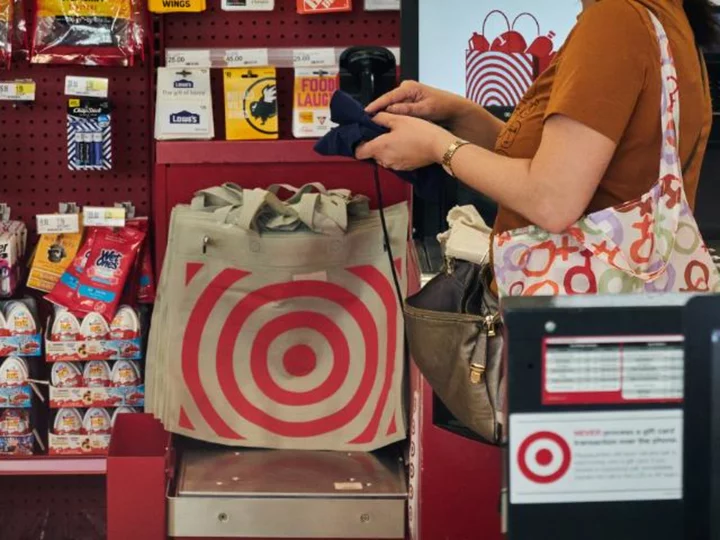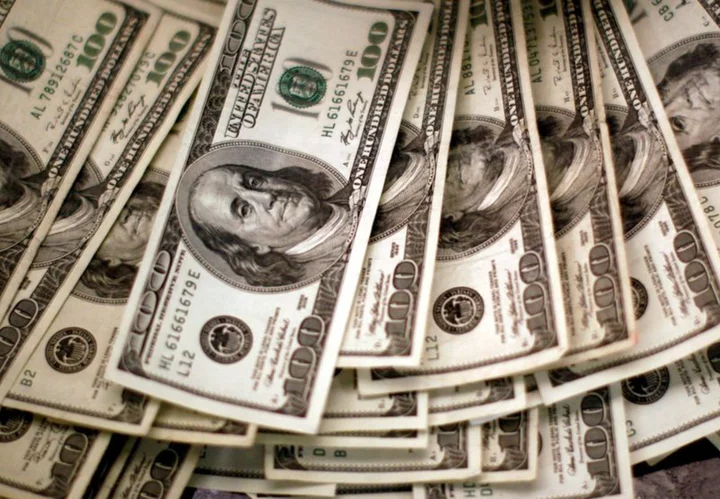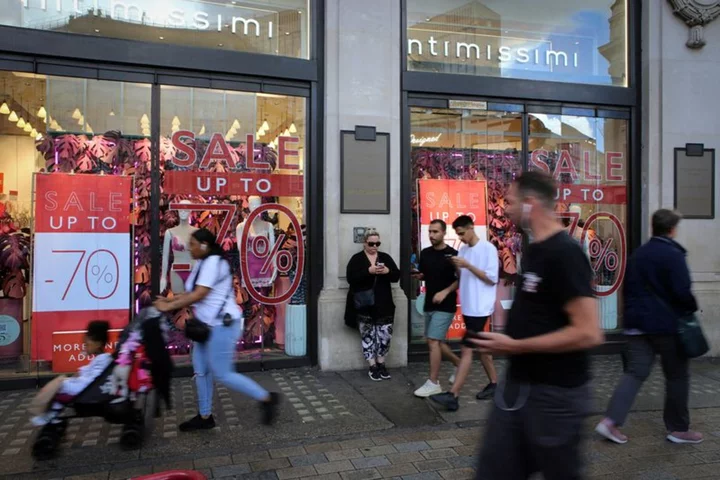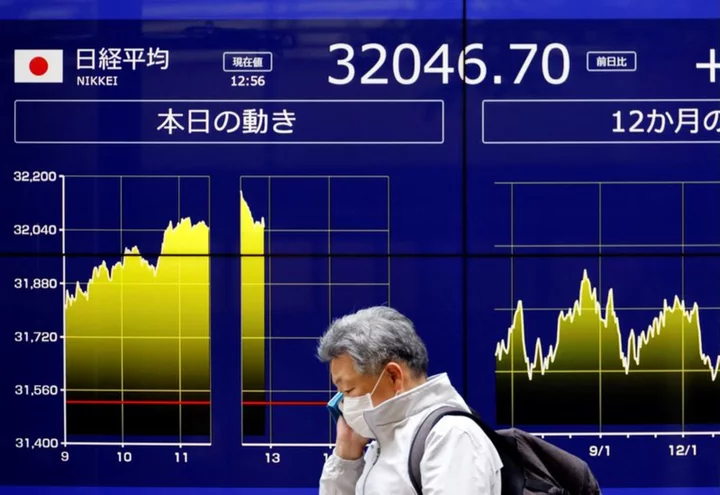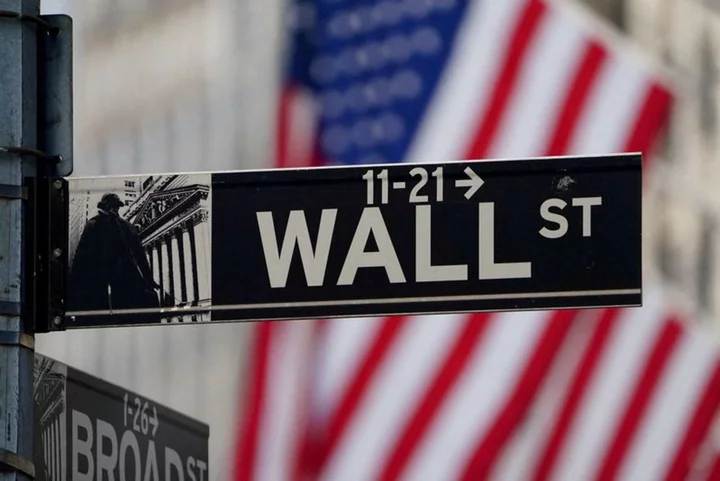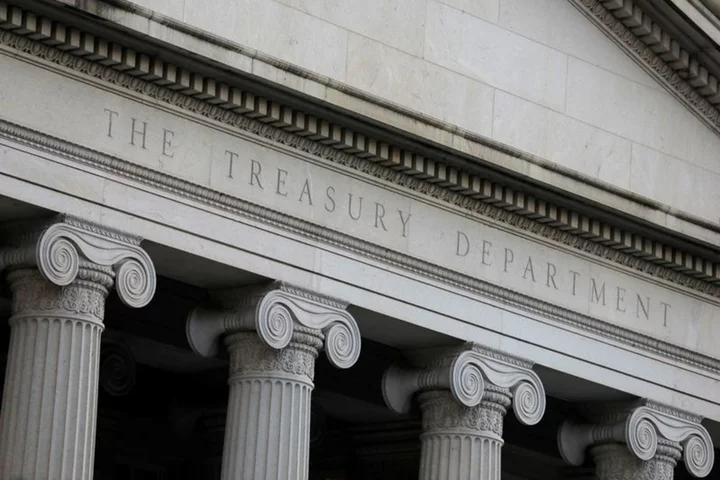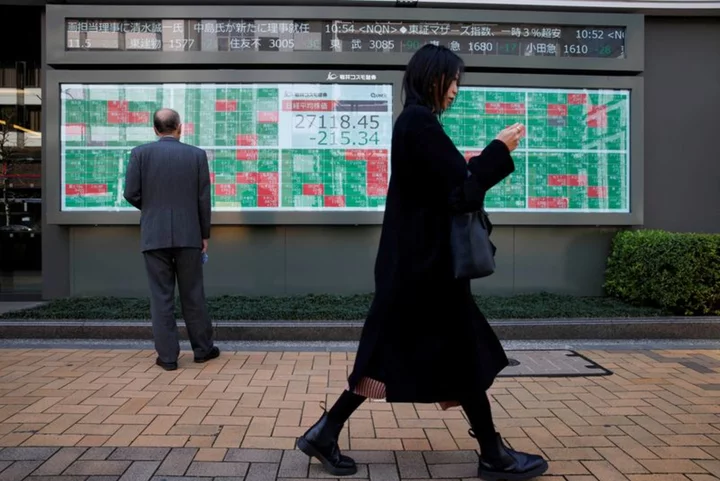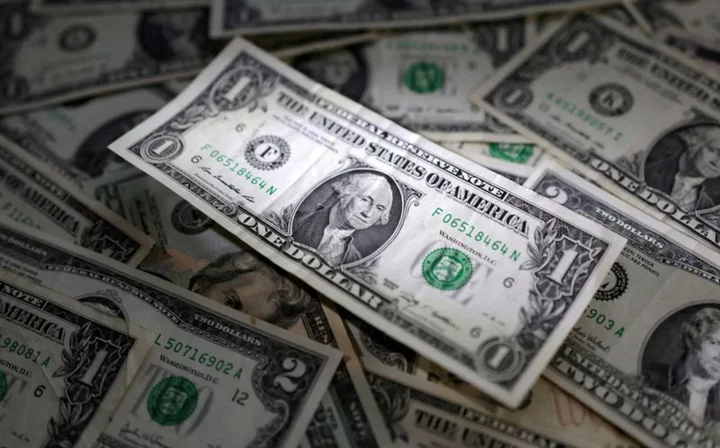Earnings season continues this week with Target, Walmart, TJ Maxx parent company TJX and other high-profile retailers set to release their quarterly results.
Resilient consumer spending has supported the economy through the Federal Reserve's interest rate hiking cycle. But signs of some belt-tightening emerged in the first quarter, as consumer spending on discretionary items began to sink, hurting some big stores.
Although spending on goods ramped up during the height of the pandemic, consumers in recent years have favored opening their wallets for experiences like travel and dining out, after spending time cooped up indoors.
Home Depot on Tuesday reported sales slumped 2% in the past quarter.
Shoppers have tightened their purse strings in the face of higher prices and borrowing costs, focusing on paying for necessities like groceries over discretionary purchases like clothing or home improvements.
That shift showed up in earnings results for retailers including Home Depot and Target earlier this year. Since then, Target's stock price has fallen by about a quarter and hasn't recovered much.
"We continue to face elevated volatility and see a reprioritization of spending away from discretionary categories in the face of persistent inflation in groceries and essentials," Christina Hennington, chief growth officer at Target, said during the company's earnings call in May.
Analysts expect Target's revenue to slip but profit to jump from the year earlier period, according to Refinitiv.
Retailers that are known for their affordable prices have seen a boost to sales from consumers searching for bargains.
"Customers continue to seek value given the impact of inflation," Walmart CEO Doug McMillon said on a call with analysts in May.
For Walmart, analysts expect a rise in revenue but dip in profit. Analysts expect TJX's top-and bottom lines to see a gain from last quarter.
Economic data has signaled that consumers haven't completely closed their pocketbooks.
US retail spending, which is adjusted for seasonality but not inflation, inched up in June but fell below economists' expectations. The slight increase marked the third consecutive month of gains.
Economists expect retail spending to grow 0.4% in July from the prior month, an acceleration from a 0.2% gain in June, according to Refinitiv.
Americans have also stayed relatively optimistic about the economy (more on that later), though the University of Michigan's latest consumer sentiment data last week showed that Americans became slightly less optimistic in August, a reversal from two straight months of growing confidence.
Americans feel hopeful inflation is cooling
Americans are feeling more optimistic that inflation is trending down now and into the future.
Consumers' inflation expectations — for one year, three years and five years from now — declined across the board in July, according to the latest monthly Survey of Consumer Expectations released Monday by the Federal Reserve Bank of New York.
The one-year and five-year median expectations are at their lowest levels since April 2021 and December 2020, respectively.
The Federal Reserve closely watches consumers' inflation expectations, as they can be a self-fulfilling prophecy: If consumers anticipate that prices will remain high, they might spend more now and demand higher wages, and businesses might raise prices to accommodate the upticks in spending and wages.
The latest survey showed some trends that were moving in positive directions for both the Fed and households.
On the inflation front, surveyed consumers' expectations for commodity prices as well as for everyday expenses were on the decline, with the current readings for food, medical care and rents being at their lowest since around the late-2020 and early 2021 time frames.
The survey showed that people feel more optimistic about finding a job and keeping the one they have, but are starting to feel less inclined about quitting.
The level of people quitting their jobs has become a closely watched indicator of labor market tightness as well as worker leverage.
Consumer spending expectations ticked up from the month before but remain below levels seen during the past year, according to the report.
Overall, perceptions of household financial situations improved, and the share of consumers who reported that they're financially better off than a year ago is at its highest level since September 2021.
US gas prices climb to highest level in nearly 10 months
Pump prices are creeping toward $4 a gallon nationally, reports my colleague Matt Egan.
The national average for regular gasoline hit $3.85 a gallon on Monday, according to AAA. That's the highest level since October 19 and comes just weeks ahead of Labor Day weekend when millions of Americans will hit the roads.
The summer spike in gas prices has eased, with the cost to drivers moving just gradually higher more recently. The national average is up by two cents over the past week.
Still, gas prices have climbed by 28 cents over the past month and 32 cents since the Fourth of July as a result of higher oil prices caused by Russia and Saudi Arabia cutting supply and extreme heat sidelining some US refineries.
Read more here.

